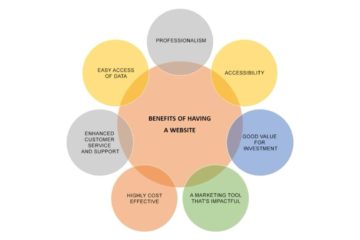- Banking and Finance
– Enhanced Customer Experience: Digitization has streamlined banking processes, enabling online banking, mobile banking, and digital payment systems, which provide customers with convenient, 24/7 access to financial services.
– Financial Inclusion: Digital financial services have brought banking to remote and underserved areas, increasing financial inclusion.
– Operational Efficiency: Automation of backend processes, digital record-keeping, and online transactions have reduced operational costs and improved efficiency.
- E-Commerce
– Market Expansion: E-commerce platforms have opened up national and international markets for local businesses, enabling them to reach a wider customer base.
– Convenience: Consumers benefit from the convenience of online shopping, with home delivery services and a wide range of products available at their fingertips.
– Growth of SMEs: Digital platforms have provided small and medium-sized enterprises (SMEs) with a cost-effective way to market and sell their products.
- Education
– Online Learning: The adoption of digital tools in education has facilitated online learning, making education accessible to students in remote areas.
– Digital Resources: E-books, online courses, and digital libraries have enriched the learning experience, providing students and educators with a wealth of resources.
– Virtual Classrooms: During the COVID-19 pandemic, virtual classrooms became essential, ensuring continuity in education.
- Healthcare
– Telemedicine: Digital health platforms have enabled telemedicine services, allowing patients to consult with doctors remotely.
– Health Information Systems: Digitization of health records and information systems has improved patient management and healthcare delivery.
– Public Health Monitoring: Digital tools have been crucial in tracking and managing public health data, especially during health crises like the COVID-19 pandemic.
- Government Services
– E-Governance: The government has adopted various e-governance initiatives, providing citizens with online access to essential services like tax filing, business registration, and public service applications.
– Transparency and Accountability: Digital systems enhance transparency and accountability in government operations, reducing corruption and improving service delivery.
- Telecommunications
– Connectivity: The expansion of digital infrastructure, such as broadband internet and mobile networks, has improved connectivity across the country.
– Digital Communication: Social media, messaging apps, and video conferencing tools have revolutionized communication, both personally and professionally.
- Agriculture
– Smart Farming: Digital tools and technologies, such as mobile apps for weather forecasting, market prices, and best farming practices, have empowered farmers with information to improve productivity and profitability.
– Supply Chain Management: Digitization has streamlined supply chains, reducing waste and ensuring timely delivery of agricultural products.
- Tourism
– Digital Marketing: Digital platforms have become essential for promoting tourism, showcasing Nepal’s attractions to a global audience.
– Online Booking: Travelers can now easily book flights, accommodations, and tour packages online, enhancing the overall tourist experience.
Challenges and Future Prospects
Despite these advancements, challenges such as digital literacy, infrastructure development, cybersecurity, and equitable access to technology remain. However, with ongoing efforts and investments in digital infrastructure and education, the role of digitization in Nepal is poised to grow, driving economic development and improving the quality of life for its citizens.


